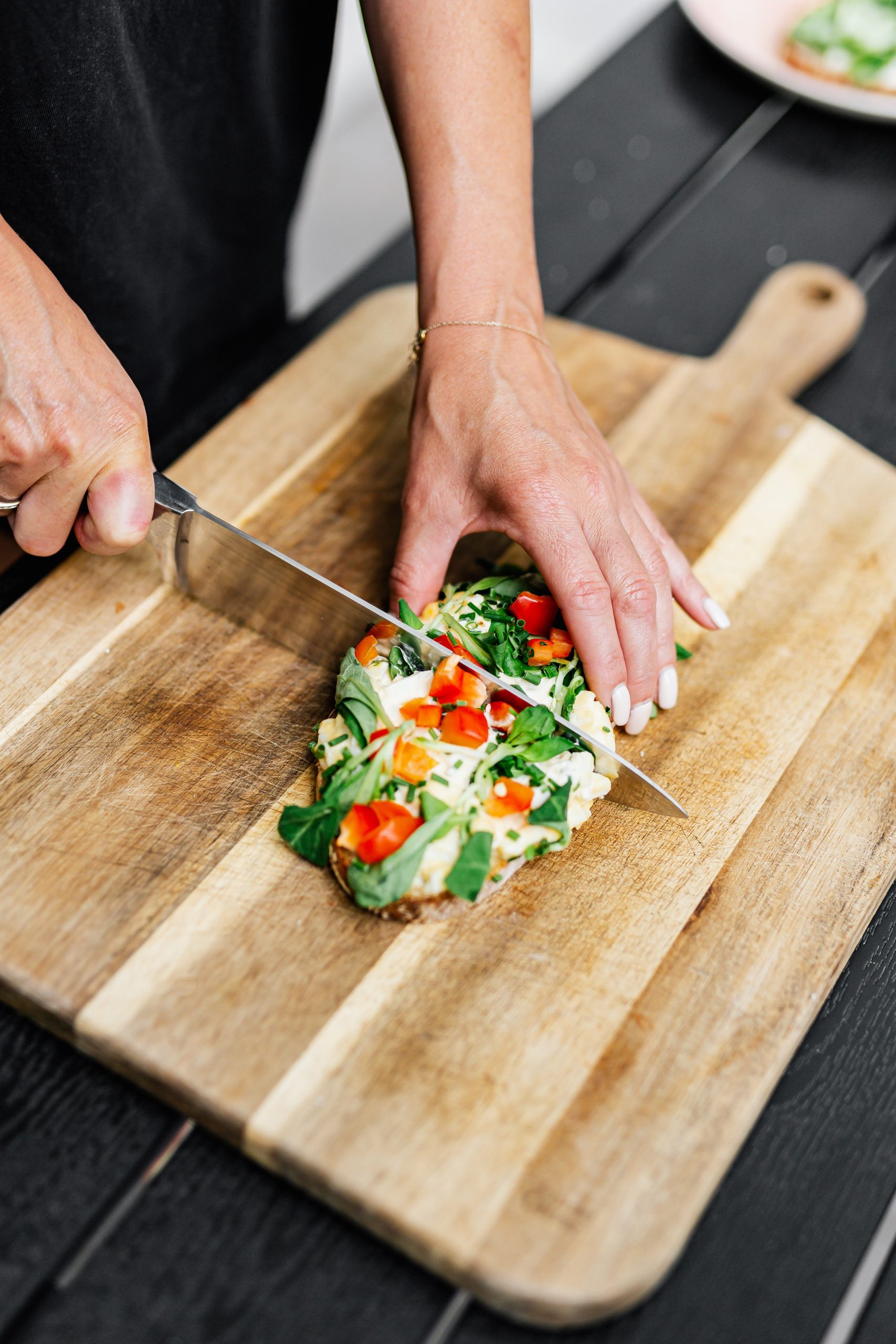Do you ever find yourself staring at your pantry and fridge, wondering what on earth to make for dinner? Or maybe you’ve got a few ingredients that need using up before they go bad, but no recipe in mind? Fear not! Improvisational cooking is here to save the day. Cooking on a whim can be surprisingly satisfying – it allows you to get creative with flavors and textures, try new things, and surprise yourself with delicious results. Plus, it’s a great way to use up those odds and ends in your fridge or pantry. In this blog post, we’ll explore the world of improvisational cooking – from its benefits to tips for getting started – so you can start whipping up tasty meals without a recipe in sight!
What is improvisational cooking?
Improvisational cooking is all about being flexible in the kitchen. Instead of following a recipe step-by-step, improvisational cooks rely on their intuition and creativity to come up with tasty dishes using whatever ingredients they have on hand.
This type of cooking is perfect for those who want to break out of their culinary comfort zones and experiment with new flavors and techniques. It’s also great for reducing food waste, as it allows you to use up odds and ends that might otherwise go unused.
One important thing to note is that improvisational cooking doesn’t mean throwing random ingredients together without any thought or planning – it still requires some level of structure and knowledge about how different ingredients work together.
So if you’re ready to try your hand at improvisational cooking, start by getting familiar with basic flavor combinations (like sweet and salty, or spicy and sour) and experimenting with different textures (like crispy vs. creamy). With a little practice, you’ll be whipping up delicious meals without ever needing a recipe!
The benefits of cooking on a whim
Cooking on a whim can offer numerous benefits for both novice and experienced cooks. One of the greatest advantages is the flexibility it offers, allowing you to be more creative with your meals. You are not limited by recipes or ingredients, but rather guided by your own taste buds.
Additionally, cooking on a whim encourages you to experiment with flavors and textures that you may not have considered before. It allows you to try new techniques and methods of cooking that might inspire future dishes.
Another advantage is that improvisational cooking can save time and money. Instead of having to buy specific ingredients for each recipe or follow complicated steps, you can use what’s already in your pantry and fridge. This approach helps reduce food waste as well since it promotes using up leftover ingredients.
Furthermore, cooking on a whim promotes confidence in the kitchen. By trusting your instincts instead of relying solely on recipes, you become more comfortable experimenting with different flavor combinations and techniques.
Ultimately, cooking on a whim offers limitless possibilities in terms of culinary creativity while also being cost-effective and reducing food waste. So why not ditch the recipe book once in a while? Let your imagination run wild in the kitchen!
Tips for improvisational cooking
Improvisational cooking can be a fun and exciting way to experiment in the kitchen. However, it can also seem daunting for those who are used to following strict recipes. Here are some tips for improv cooking:
1. Start with what you have: Take inventory of your fridge and pantry before heading to the store. Use what ingredients you already have on hand as a starting point.
2. Trust your instincts: When improvising, trust your taste buds and go with flavors that complement each other well.
3. Don’t be afraid to mix cuisines: Combining different cuisines can lead to unique and delicious dishes.
4. Experiment with spices: Spices can add depth and complexity to any dish, so don’t be shy about trying new combinations.
5. Keep it simple: Sometimes less is more when improvising in the kitchen. Stick to a few key ingredients rather than overwhelming your dish with too many flavors or textures.
Remember, improvisation doesn’t always lead to success but it’s all part of the process! Enjoy experimenting and let yourself be creative in the kitchen!
Recipes for improvisational cooking
Recipes for improvisational cooking may seem like an oxymoron since the idea of improvisation is to create something without a specific recipe. However, having a few basic recipes up your sleeve can help you improvise with confidence.
One example is a versatile stir-fry sauce that can be used with any combination of vegetables and protein. Mix together soy sauce, rice vinegar, honey or brown sugar, garlic and ginger in equal parts. Adjust the sweetness and saltiness according to taste.
Another recipe is for a simple but flavorful salad dressing that can be customized based on what ingredients you have on hand. Whisk together olive oil, lemon juice or vinegar, Dijon mustard and honey in equal parts. Season with salt and pepper to taste.
For those who love pasta dishes but want to switch things up, try making your own pesto using whatever leafy greens or nuts you have available instead of traditional basil and pine nuts. You can also add other flavorings such as roasted red peppers or sun-dried tomatoes.
Remember that these recipes are just suggestions – feel free to experiment with different ingredients until you find combinations that work well for you!
Conclusion
Improvisational cooking is a fun and creative way to cook without the confines of a recipe. It allows you to use your intuition and creativity in the kitchen while also reducing food waste by using what you have on hand. By following these tips such as keeping pantry staples on hand, experimenting with flavor combinations, and being open-minded about ingredient substitutions, you can become a master at improvisational cooking.
Remember not to be afraid of making mistakes or having dishes turn out differently than expected – that’s all part of the fun! So don’t hesitate to try something new in the kitchen and let your culinary creativity run wild. Happy cooking!




